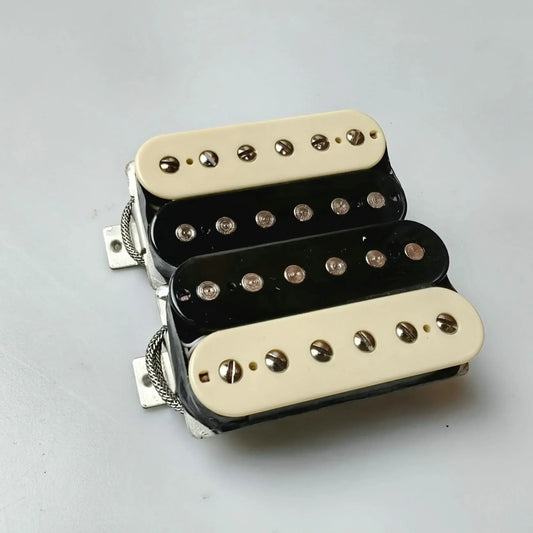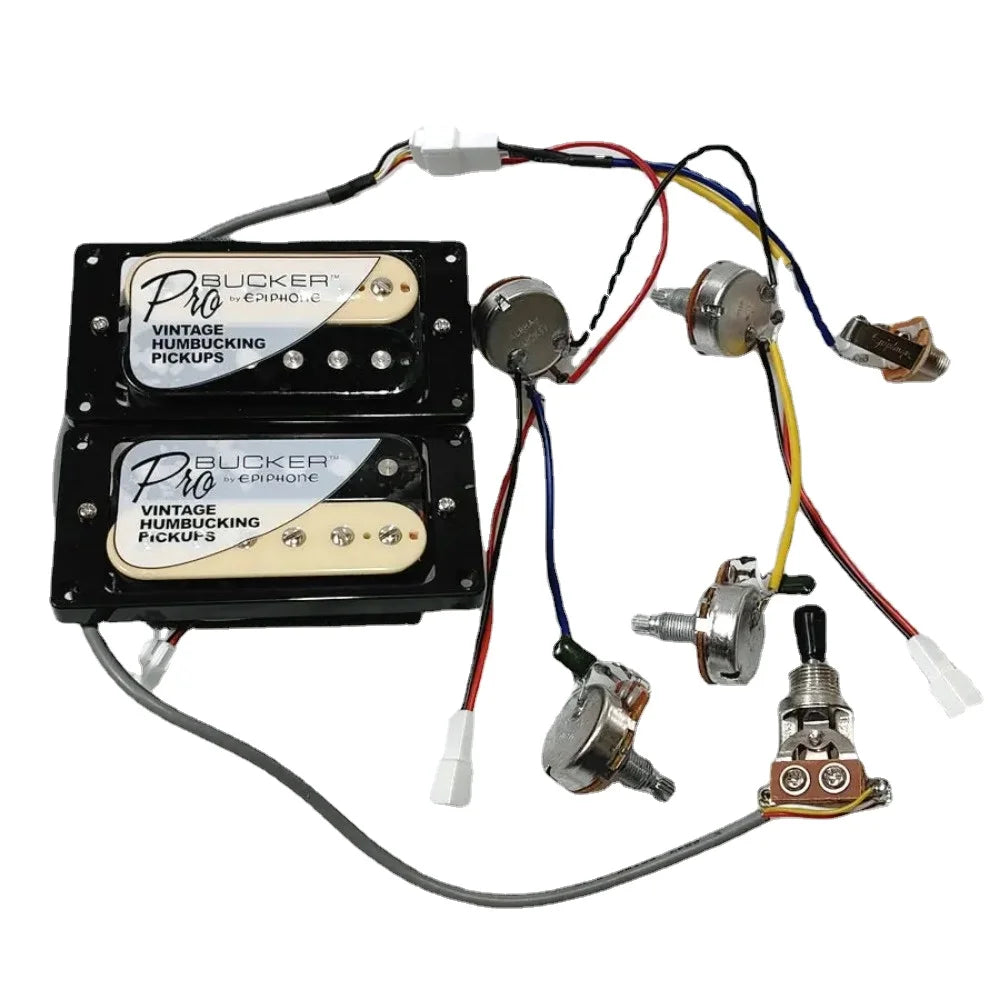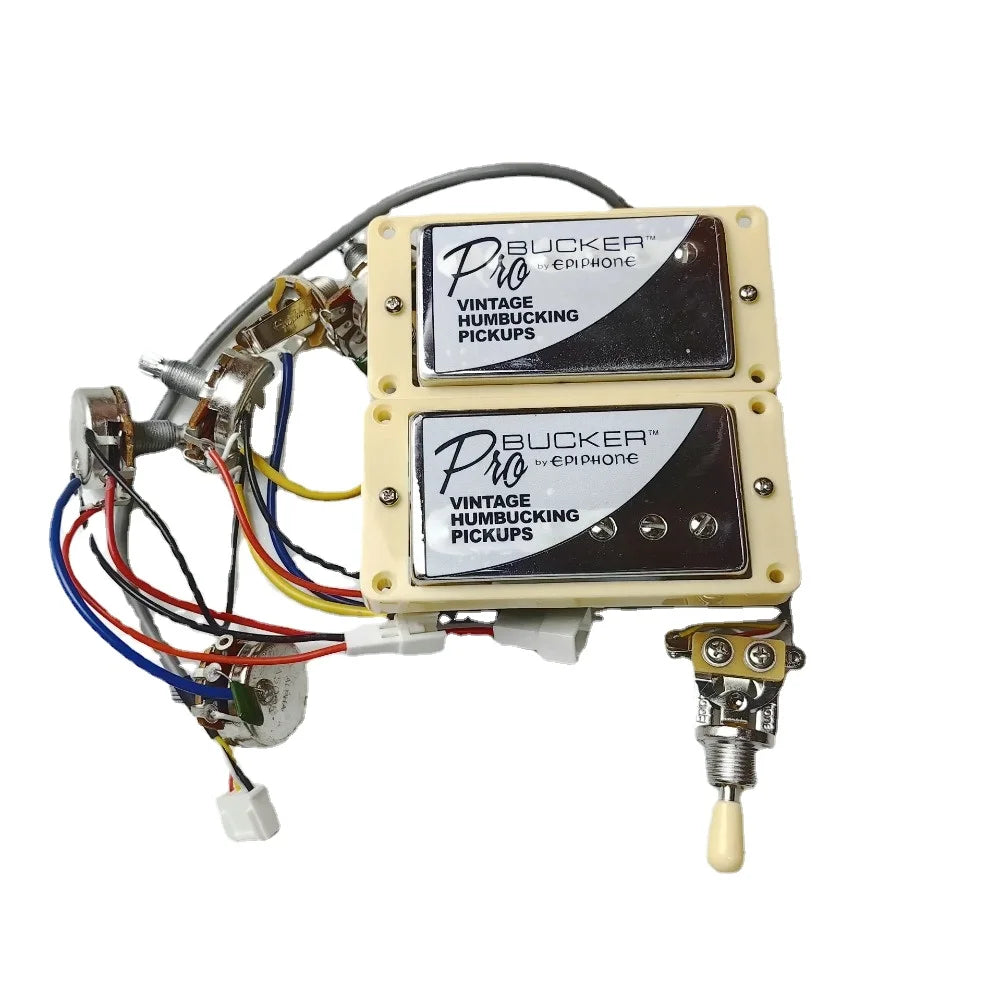Pitch and note name: The most fundamental unit of music
Piano keyboard rules:
White keys: A B C D E F G (loop)
Black keys: Up (♯) or down (♭), such as C♯=D♭
Remember this sentence: "Every Good Boy Does Fine" (Treble clef lines E-G-B-D-F)
2. Interval: The distance between notes
Degree calculation: From C to E is a major third (C-D-E, three semitones).
Auditory characteristics:
Pure fourth degree (such as C-F) : stable and spacious (the beginning of "Wedding March")
Increase by four degrees (such as F-B) : Tense, sci-fi (theme song of "Star Trek")
3. Rhythm and Beat: The "Heartbeat" of Music
Common beat numbers:
4/4 time (pop, rock) : Strong - weak - second strong - weak
3/4 time (waltz) : Strong - weak - weak
Syncopation: Breaking the conventional accent (commonly used in Reggae and jazz)
4. Triad: The "Color" of Music
Four basic types:
Major triad (C-E-G) : Bright and happy
Minor triad (C-E♭-G) : Melancholy and sad
Augmented chord (C-E-G♯) : Tense fantasy
Diminished chords (C-E♭-G♭) : Horror suspense
(Practice: Play chords C, F and G on the piano/guitar to experience different emotions.)
Blog 2: "Advanced Music Theory: The Secrets of Modes, Harmonic Progresses and Improvisation"
Key words: Mode, chord progression, Improvisation, jazz/classical theory
Why does "Fly Me to the Moon" sound so romantic? Why can jazz musicians improvise for half an hour without repeating?
The answer lies in mode and harmonic progression - this is the secret weapon of professional musicians.
1. Mode: 7 mood switches
The natural major scale gives rise to seven modes:
Ionian (Major) : Bright (C-D-E-F-G-A-B)
Dorian (minor +6) : Melancholic but hopeful (D-E-F-G-A-B-C)
Mixolydian (major + 7 flat) : Blues/Rock flavor (G-A-B-C-D-E-F)
Practical application
Play the D Dorian over Dm7 chord (in the style of "So What")
2. Analysis of classic harmonies
1564 (Popular Universal Formula) : C-G-Am-F (" Let It Be ", "Someone Like You")
Sir 251's performance: Dm7-G7-Cmaj7 (Extremely strong sense of resolution)
Tritone substitution: Creating tension with a flat fifth chord (favorite of jazz musicians)
3. Three core skills of improvisation
Target Note: Aim at the note within the chord in each measure (for example, emphasize B or F when the G7 chord)
Passing Tone: Connect the target tone with a semitone (e.g. C→C♯→D)
Motivation development: Repeat/vary a short melody (refer to "Rhapsody in Blue")















